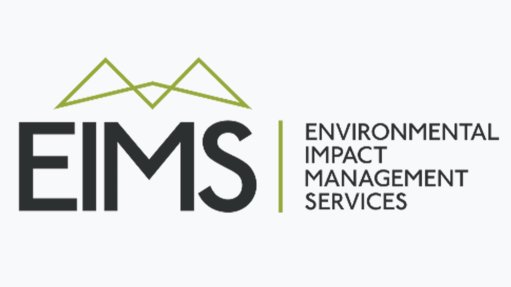Buildings are Phygital too
This article has been supplied.
By Thabang Byl, Buildings Segment Lead at Schneider Electric
It’s a story as old as, well, the pandemic; industries going through disruption to adapt to a world which has in some instances remained the same and in other instances, further from it. Hybrid working continues to fuel adaption in the real estate particularly commercial workspace, impacting the way facility managers and building owners are planning the workplace.
As an example, the traditional concept of a conference room is being replaced by ‘connected meeting room’ where people can come together be virtually connected to any location.
The design of these spaces will increasingly be put under the microscope, evolving beyond the just a room with a screen, a webcam and an HDMI cable. It requires an activity-based design, therefore, how are people going to use and interact within these meeting rooms in the future?
It is developments like the above which are giving way to the concept Phygital, which in essence represents the fusion of physical and digital elements to orchestrate building use based on user behavioural patterns. It is reshaping the way we perceive and utilise corporate space.
Breathing new life into building
In prime real estate spots like Sandton, there are office blocks and other corporate spaces standing empty or underutilised. It’s hard to believe that there’s surplus of “stock” in such a sought-after area but Sandton is not alone, other areas like Midrand face similar challenges.
However, all is not lost; these spaces have a new lease (literally and figuratively speaking) on life if merged with advanced technology, influenced by human-centric design i.e. Phygital.
The integration of technology into office spaces provides tangible benefits, including enhanced occupant comfort and environmental sustainability. For instance, real-time data provides building operators with information on heating, cooling, fresh air and lighting consumption.
Similarly, smart technologies provide building occupants with valuable data on workspace availability, allowing the flexibility to utilise workspace when available, saving on daily commutes for example.
Moreover, buildings that employ a Phygital approach can optimise air temperature, lighting and air quality to provide the optimum environment for occupant comfort, productivity and wellbeing.
Another important and certainly not overlooked benefit is security. There’s a lot to be said for buildings that make it occupants feel safe through measures such as environmental controls and security like integrated access control, surveillance and emergency response.
A safe, reliable workspace that not only supports business continuity, but workers’ personal resilience should therefore be a key strategic priority moving forward, especially given the evolving needs of organisations. Why? For one, people will perform better if they aren’t just keeping their heads above water.
Today’s Building Management Systems (BMS) play an integral role in the Phygital concept, becoming increasingly intelligent and in tune with workplace well-being. In the near future, we will for example see BMSs creating personal microclimates for different areas of an office, through employee voice activation or the use of personal applications.
Thanks to technology, buildings are getting smarter year on year. No longer just bricks and mortar, they are becoming automated and responsive, adapting to their users and the environment around them. This trend will undoubtedly continue for the years to come.
Article Enquiry
Email Article
Save Article
Feedback
To advertise email advertising@creamermedia.co.za or click here
Comments
Press Office
Announcements
What's On
Subscribe to improve your user experience...
Option 1 (equivalent of R125 a month):
Receive a weekly copy of Creamer Media's Engineering News & Mining Weekly magazine
(print copy for those in South Africa and e-magazine for those outside of South Africa)
Receive daily email newsletters
Access to full search results
Access archive of magazine back copies
Access to Projects in Progress
Access to ONE Research Report of your choice in PDF format
Option 2 (equivalent of R375 a month):
All benefits from Option 1
PLUS
Access to Creamer Media's Research Channel Africa for ALL Research Reports, in PDF format, on various industrial and mining sectors
including Electricity; Water; Energy Transition; Hydrogen; Roads, Rail and Ports; Coal; Gold; Platinum; Battery Metals; etc.
Already a subscriber?
Forgotten your password?
Receive weekly copy of Creamer Media's Engineering News & Mining Weekly magazine (print copy for those in South Africa and e-magazine for those outside of South Africa)
➕
Recieve daily email newsletters
➕
Access to full search results
➕
Access archive of magazine back copies
➕
Access to Projects in Progress
➕
Access to ONE Research Report of your choice in PDF format
RESEARCH CHANNEL AFRICA
R4500 (equivalent of R375 a month)
SUBSCRIBEAll benefits from Option 1
➕
Access to Creamer Media's Research Channel Africa for ALL Research Reports on various industrial and mining sectors, in PDF format, including on:
Electricity
➕
Water
➕
Energy Transition
➕
Hydrogen
➕
Roads, Rail and Ports
➕
Coal
➕
Gold
➕
Platinum
➕
Battery Metals
➕
etc.
Receive all benefits from Option 1 or Option 2 delivered to numerous people at your company
➕
Multiple User names and Passwords for simultaneous log-ins
➕
Intranet integration access to all in your organisation














